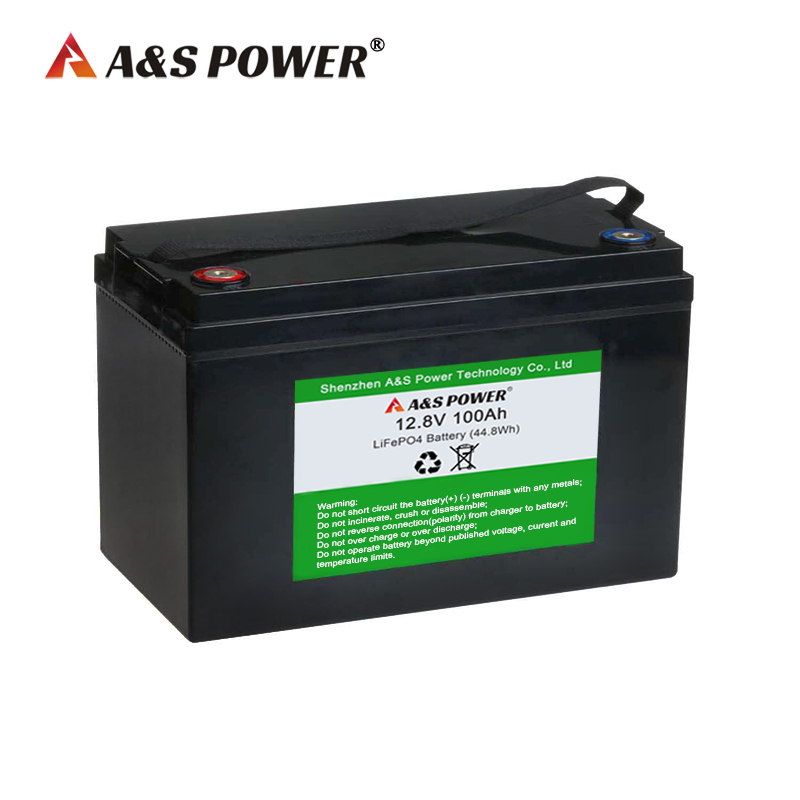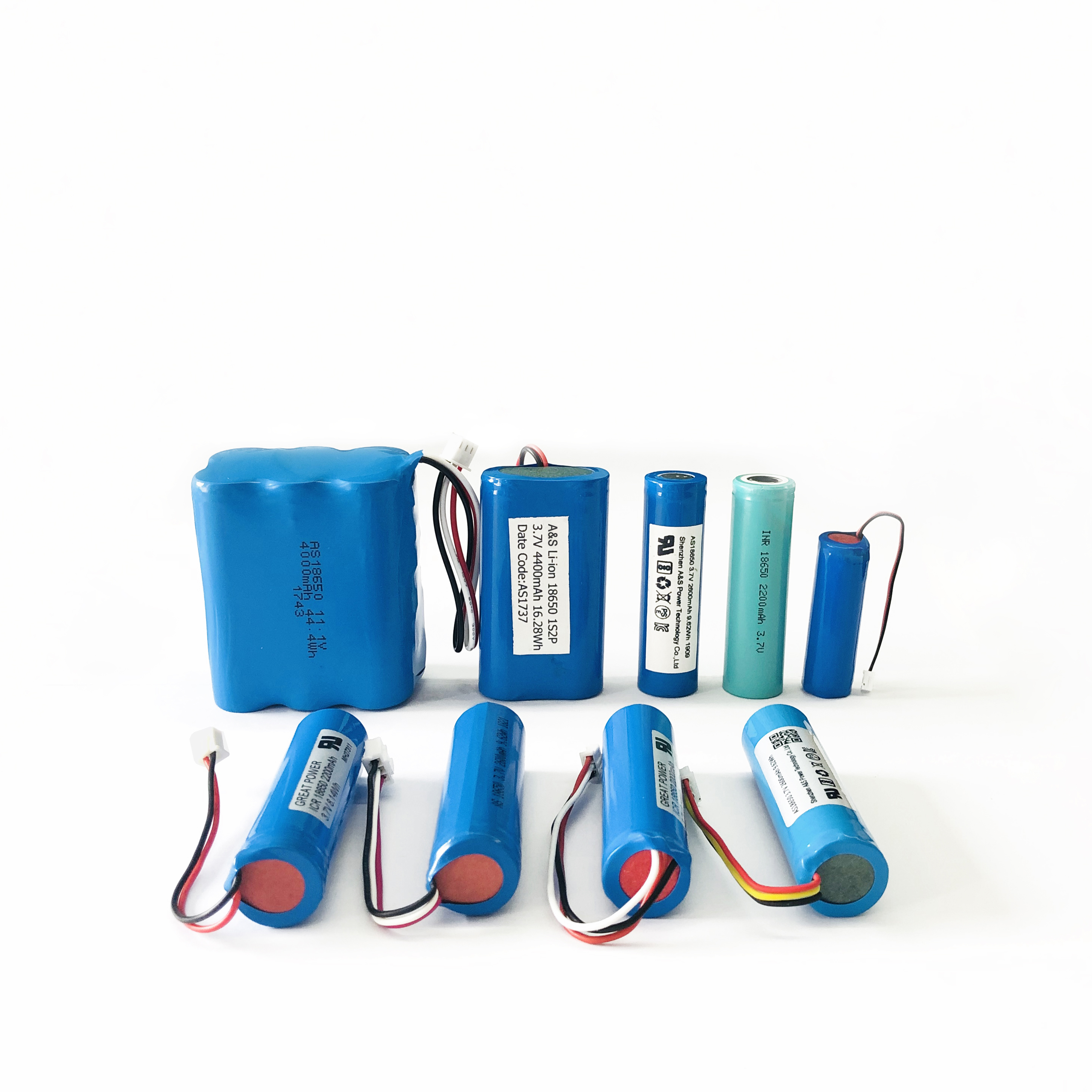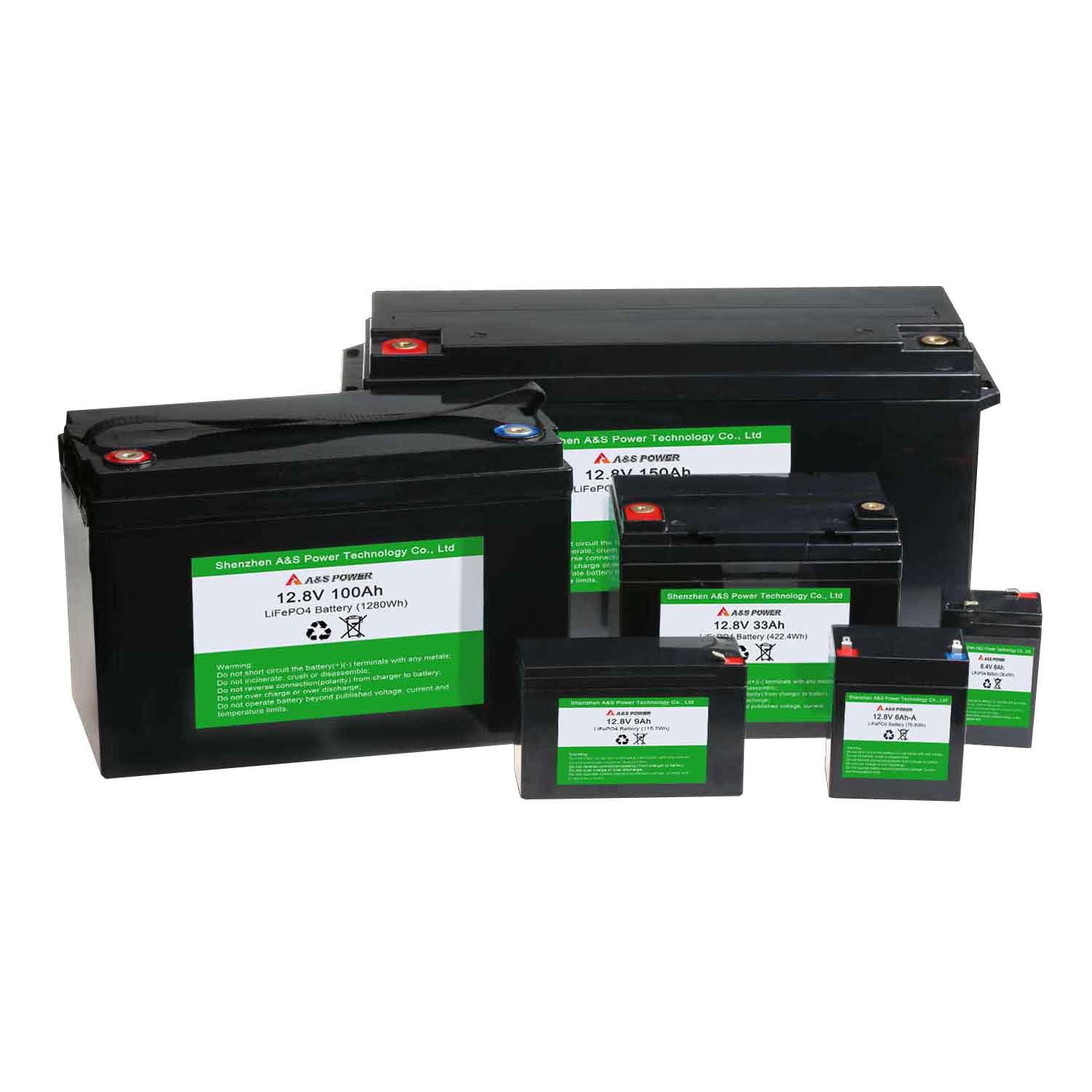How lithium iron phosphate batteries work
2021-10-18
How lithium iron phosphate batteries work
Lithium iron phosphate battery is a lithium ion battery which uses lithium iron phosphate (LiFePO4) as the cathode material and carbon as the cathode material. The rated voltage of single cell is 3.2V and the cut-off voltage of charge is 3.6V~3.65V. Lithium iron phosphate battery has the advantages of high operating voltage, high energy density, long cycle life, good safety performance, low self-discharge rate and no memory effect.
When the battery is charging, the lithium ion Li in the positive electrode migrates to the negative electrode through the polymer membrane; In the discharge process, the lithium ion Li in the negative electrode migrates through the diaphragm to the positive electrode. Lithium-ion batteries are named after the movement of lithium ions back and forth between charges and discharges.
1. When the battery is charged, Li migrates from side 010 of lithium iron phosphate crystal to the crystal surface. Under the action of electric field force, Li enters the electrolyte, passes through the diaphragm, migrates to the surface of graphite crystal through the electrolyte, and then inserts into the graphite lattice. At the same time, the electron flows to the aluminum foil collector of the positive electrode through the conductive body, the copper foil collector of the negative electrode through the electrode ear, battery pole, external circuit, negative pole and negative ear, and then flows to the graphite negative electrode through the conductive body, so that the charge of the negative electrode reaches balance. After lithium ion is deembedded from lithium iron phosphate, lithium iron phosphate is converted into iron phosphate, and its lattice structure changes are shown in figure -2.
2. When the battery is discharged, Li is removed and embedded from the graphite crystal, enters the electrolyte, passes through the diaphragm, migrates to the surface of the lithium iron phosphate crystal through the electrolyte, and then re-embedded into the lattice of lithium iron phosphate through the 010 surface. At the same time, the battery flows to the copper foil collector of the negative electrode through the conductive body, the aluminum foil collector of the positive electrode through the electrode lug, the battery negative pole, the external circuit, the positive pole and the positive pole lug flow to the positive electrode of the battery, and then flows to the positive electrode of lithium iron phosphate through the conductive body, so that the charge of the positive electrode reaches balance.
As can be seen from the working principle of lithium iron phosphate battery, the charging and discharging process of lithium iron phosphate battery requires the joint participation of lithium ion and electron, and the migration speed of lithium ion and electron must reach a balance. This requires that the positive and negative electrodes of lithium-ion batteries must be a mixture of ion and electron conductors, and their ionic conductivity must be the same as that of electrons. However, lithium iron phosphate has poor conductivity. Although the conductivity of the graphite anode is better, it is still necessary to improve the conductivity of the anode to balance the conductivity of the electrons and the ability of the lithium ions to get rid of the graphite.
Follow us and explore more! 👉 Facebook














